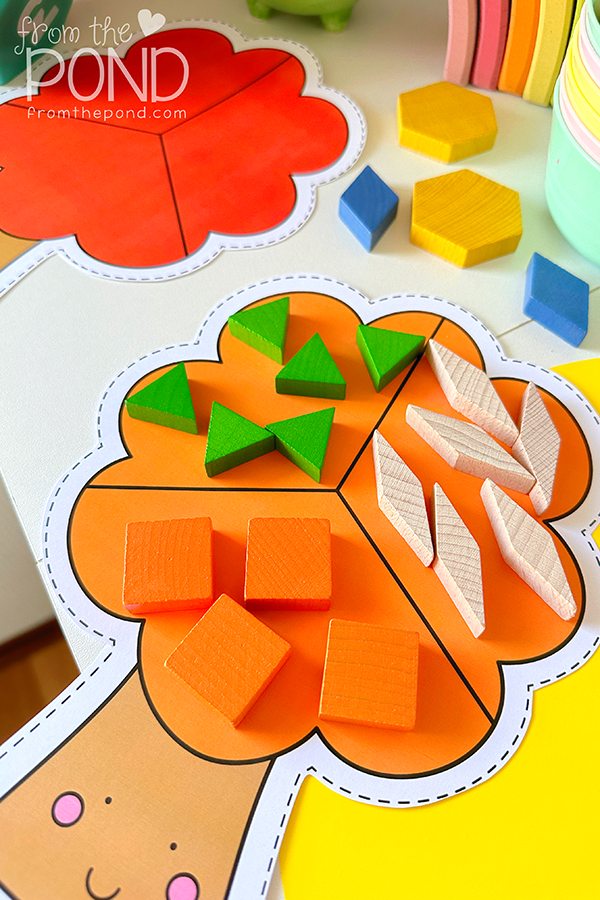Engaging Kindergarten Students in Math Through Collections and Sorting
As we welcome our young learners into the world of numbers and counting, it's crucial to lay a strong foundation for their mathematical thinking. One exciting and effective way to introduce them to these concepts is through sorting and classifying activities. These foundational skills will pave the way for understanding comparisons, ordering, and more complex mathematical ideas. Here’s a fun and interactive math activity perfect for kindergarten students in the early weeks of school.
Math Play: Exploring Collections and Sorting
Objective:
Introduce students to the concepts of sorting and classifying by allowing them to explore various collections of objects. This activity helps build their understanding of attributes and sets the stage for future lessons on comparing and ordering.
Materials Needed:
- A variety of small objects such as math play equipment, shape blocks, cubes, counters, buttons, shells, and craft sticks.
- Play mats from The Math Kit (ideal for building mini collections or sorting objects).
- Three Trees from The Math Kit (for guided sorting activities).
Setting Up the Activity:
Free Exploration:
Begin by providing a range of objects for the students to explore. These could include shape blocks, counters, buttons, and shells. Arrange these materials in morning bins or set them up in a designated math center. Encourage students to interact with the objects freely, noticing their different attributes such as color, shape, and size.
Modeling Math Talk:
As students engage with the materials, model how to talk about their observations. Use phrases like "I see a red block" or "This button is round." Encourage them to share their thoughts with each other. For example, if a student says, "This button is square," you might respond with, "Yes, and what other shapes do you see?"
Guided Sorting:
After some exploration, introduce a more structured sorting activity. Select a collection of objects, such as buttons, and ask the students to describe one object. For instance, "This button is orange," or "Can you find a button that is square?" Focus on sorting by one attribute first, such as color or shape.
Encourage Independent Sorting:
Provide each student with a pile of buttons (or similar objects) and ask them to sort them into groups based on their own criteria. They might choose to sort by color, shape, or size. After sorting, encourage them to describe their groupings to the class using math vocabulary like "big," "little," "same as," "not alike," and "group of."
Using The Three Trees:
For a more structured sorting activity, use the Three Trees from The Math Kit.
- Give each child a Three Tree play mat and a small collection of items to sort.
- Ask them to decide how they will sort their items and then place them into the three sections of their mat.
- At the end of the activity, have students share their sorting choices and describe their groups.
Math Talk Vocabulary:
Encourage students to use and understand math-related terms such as:
- Like
- Alike
- Belongs
- Together
- Same as
- Group of
- Sort
- Big
- Little
- Long
- Short
- Heavy
- Light
- Not alike
- Not the same
Resources:
The Math Kit provides a fantastic assortment of materials and play mats for enhancing math play.
Three Trees Math Cards are ideal for structured sorting activities and can be used to support students in organizing and describing their collections.
By engaging in these sorting activities, students will develop essential mathematical skills while having fun. They’ll learn to observe, classify, and communicate their understanding, setting the stage for future mathematical concepts.



















































